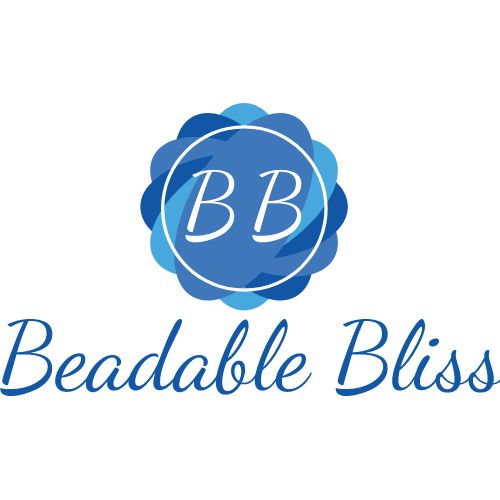まとめ:
このブログ記事では、歯固めおもちゃについて、赤ちゃん(そして大人も)にとってどのように役立つのか、どのおもちゃがおすすめなのか、そして購入時に何に注意すべきかについて、詳しくご紹介します。また、私の良い経験と悪い経験を共有し、歯固めおもちゃに関するいくつかの重要な質問にもお答えします。
導入:
赤ちゃんの歯が生え始めると、赤ちゃんにとっても親にとっても大変な時期になります。赤ちゃんは歯茎に痛みや不快感を感じることが多く、気持ちを落ち着かせるために何かを噛みたがります。そこで歯固めおもちゃの出番です!丸いおもちゃは、赤ちゃんが噛むことで痛みを和らげることができる、柔らかく安全なおもちゃです。大人の中には、ストレス解消や健康上の理由で歯固めおもちゃを使う人もいます。このブログでは、歯固め用のおもちゃ、おすすめのおもちゃ、そして私自身の良い経験と悪い経験を通して学んだことを、段階的にご紹介します。


簡単な手順で説明しましょう:
ステップ 1: 歯固めホイールおもちゃとは何ですか?
歯固めホイールは、シリコンやゴムなどの安全な素材で作られた丸い形のおもちゃです。歯が生え始める赤ちゃんのために作られています。ガーバーの歯固めホイールは、柔らかくてカラフルなのでとても人気があります。
初めてチューリングを与えたとき、赤ちゃんは鮮やかな色と柔らかい感触をとても気に入りました。長い間、遊びながら落ち着いて遊んでいました。
最初、変な匂いがする安いシリコン製の歯固めを買ったのですが、赤ちゃんが気に入らなかったので捨ててしまいました。だから、必ず安全で信頼できるブランドを選びましょう!

ステップ2:なぜ大人でも歯固めおもちゃを使うのか
おかしいかもしれませんが、大人用の歯固めおもちゃもあります!感覚刺激やストレスを抱える大人の中には、柔らかいおもちゃを噛んで気分を良くしたいという人もいます。これらのおもちゃは大人向けに強度が高めに作られていますが、効果は同じです。
不安を抱える私の友人は、大人用の歯固めおもちゃを使っていて、辛い時に落ち着くのに役立ったと言っていました。
大人の歯固めおもちゃの中には、硬すぎたり柔らかすぎたりするものがあります。間違ったものを選ぶと、歯を傷つけたり、全く役に立たなかったりすることがあります。

ステップ3:最適な歯固めおもちゃを選ぶ
最高の癒しのリングおもちゃが欲しいときは、次の点を確認してください。
- BPAフリーのシリコン製ですか?
- 小さな手にぴったりのサイズですか?
- 掃除は簡単ですか?
- 歯固めホイールおもちゃの良いレビューはありますか?
一度、レビューを読まなかったら、おもちゃが重すぎて赤ちゃんには持てませんでした。結局、おもちゃ箱に放置されたままになってしまいました。

ステップ4:歯固めホイールの洗浄
歯固めおもちゃは口の中に入れるものなので、清潔に保たなければなりません!歯固めおもちゃは必ず石鹸とぬるま湯で洗ってください。食器洗い機で洗えるものもあります。
私が選んだ歯固めベビーホイールは食器洗い機で洗えるので、毎日のお手入れがとても楽でした。
ある時、おもちゃの掃除を忘れてしまい、赤ちゃんのあごに小さな発疹ができてしまいました。教訓を得て、それ以来毎日おもちゃを掃除するようになりました。

ステップ5:歯が生える車輪は何個必要か
歯固めシートは複数用意しておくと便利です。1枚は自宅に、1枚はおむつバッグに、そして予備としてもう1枚は念のため用意しておきましょう。
買い物に出かけた時、赤ちゃんがおもちゃを落としてしまったので、バッグの中に別のきれいなおもちゃを用意しておきました。おかげで、大泣きせずに済みました!
予備を買っておく前は、紛失した時にお店に駆け込んで新しいのを買わなければなりませんでした。緊急用のものは性能が悪くて、お金の無駄でした。

最後に
歯が生えるのは大変な時期ですが、適切な歯固めおもちゃを使えば、赤ちゃんも親も楽になります。質の良いおもちゃを選び、こまめに掃除し、常に予備を用意しておくことが大切です。私の良い経験も悪い経験も、皆さんの歯が生えてくる時期の失敗を防ぎ、お子さんにとって楽しい時間になるようお役に立てれば幸いです。
よくある質問
Q1. 歯固めおもちゃは何歳から始めるのが最適ですか?
ほとんどの赤ちゃんは生後4~7ヶ月で歯が生え始めます。3~4ヶ月頃になったら、歯固め用のおもちゃを用意して、握る練習をさせておくとよいでしょう。
Q2. 歯固めは赤ちゃんにとって良いものですか?
はい、歯固めは素晴らしいです!歯茎が痛む赤ちゃんに、柔らかくて安全なものを噛ませてあげられるので、とても役に立ちます。また、手や口の使い方を学ぶのにも役立ちます。
Q3. 生後3ヶ月の赤ちゃんに歯が生え始めるおもちゃを与えてもいいですか?
はい、できますよ!ただし、歯固めおもちゃは小さな赤ちゃん用に作られていることを確認してください。軽くて、小さな手でも持ちやすいものがいいでしょう。
Q4. 赤ちゃんの歯が生え始めるのは何歳からでしょうか?
赤ちゃんは通常、生後6ヶ月頃から歯が生え始めますが、3ヶ月や4ヶ月で歯が生え始める赤ちゃんもいます。赤ちゃんによって違います!
Q5.子犬の歯が生えなくなるのは何歳くらいですか?
子犬は生後6ヶ月頃になると歯が生えなくなります。赤ちゃんと同じように、子犬も歯の成長を促し、気持ちを良くするために何かを噛みます。
